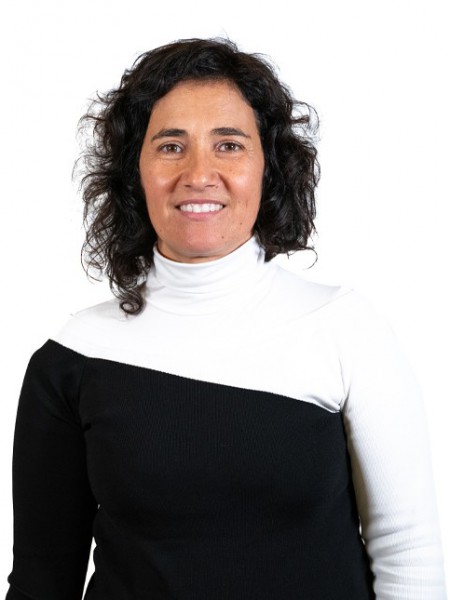resumo
Bionanocomposite materials have been designed as a promising route to enhance biopolymer properties, especially for food packaging application. The present study reports the preparation of bionanocomposite films of alginate with different loadings of pure reduced graphene oxide (rGO) or of mixed zinc oxide-rGO (ZnO-rGO) fillers by solvent casting. Sepiolite is used to make compatible rGO with the hydrophilic matrix. The addition of fillers to alginate matrix maintains the low water solubility promoted by the calcium chloride treatment, and, additionally, they demonstrate a weaker mechanical properties, and a slight increase in water vapor permeability and wettability. Due to the properties of ZnO-rGO, the alginate bionanocomposites show an increase of electrical conductivity with the increase of filler content. While the highest electrical conductivity (0.1 S/m) is achieved by the in-plane measurement, it is in the through-plane measurement the remarkable enhancement of almost 30 times greater than the alginate film. With 50% of ZnO-rGO filler, the bionanocomposites present the highest antioxidant and antibacterial activities. The combination of electrical conductivity with bioactive properties makes these films promising not only to extend food shelf-life but also to allow packaged food sterilization at low temperature.
palavras-chave
GRAPHENE OXIDE HYBRID; IONIC CROSS-LINKING; MECHANICAL-PROPERTIES; NANOCOMPOSITE FILMS; ZNO NANOPARTICLES; CHITOSAN; FACILE; COMPOSITE
categoria
Biochemistry & Molecular Biology; Chemistry, Multidisciplinary
autores
Alves, Z; Ferreira, NM; Mendo, S; Ferreira, P; Nunes, C
nossos autores
Grupos
G2 - Materiais Fotónicos, Eletrónicos e Magnéticos
G4 - Materiais Renováveis e Economia Circular
Projectos
CICECO - Aveiro Institute of Materials (UIDB/50011/2020)
CICECO - Aveiro Institute of Materials (UIDP/50011/2020)
Projeto de Investigação Exploratória: Paula Ferreira (IF_Paula Ferreira)
Embalagens em biocompósitos para preservação ativa de alimentos (BIOFOODPACK)
agradecimentos
This work was developed within the scope of the project CICECO-Aveiro Institute of Materials (UIDB/50011/2020 and UIDP/50011/2020) and i3N (UIDB/50025/2020 and UIDP/50025/2020). The CESAM research unit is supported by FCT/MCTES through national funds (UIDP/50,017/2020 + UIDB/50,017/2020). ZA and PF thank FCT for the grants (PD/BD/117457/2016 and IF/00300/2015, respectively). This work was also supported by BIOFOODPACK project (M-ERA.NET2/0021/2016) and by national funds (OE), through FCT-Fundacao para a Ciencia e a Tecnologia, I.P., in the scope of the framework contract foreseen in the numbers 4, 5 and 6 of the article 23, of the Decree-Law 57/2016, of 29 August, changed by Law 57/2017, of 19 July.





